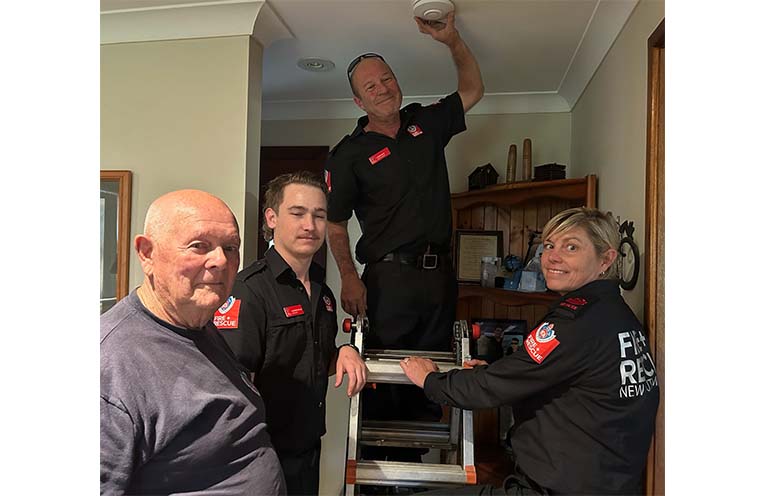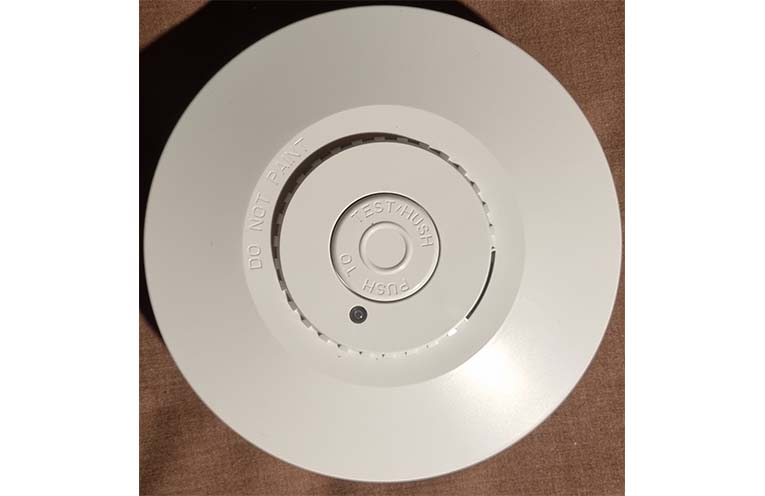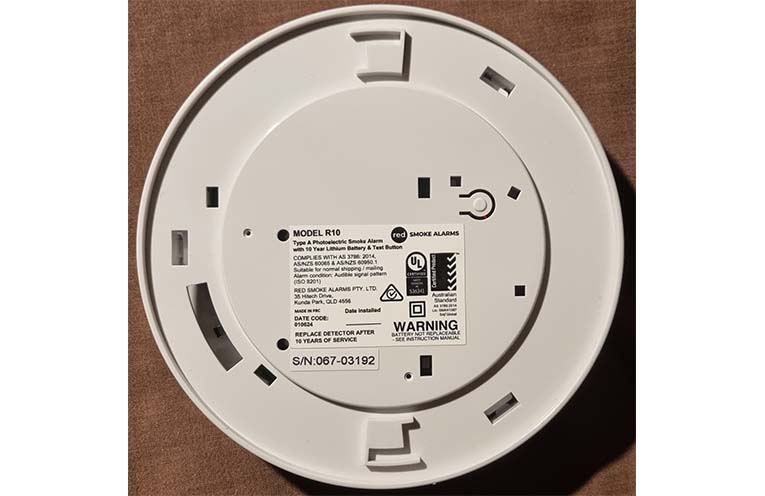
SAFETY is the top priority when Fire and Rescue NSW visits to check and install new smoke alarms in private residences, as they have done in a number of residences around Tea Gardens recently.
“Home safety inspections are free for residential home-owners, just leave your details with the station, and we will organise a visit and check based on availability and demand,” said Kelly Pietsch, a Tea Gardens and Rescue firefighter, and local health and safety extraordinaire.
 Advertise with News of The Area today.
Advertise with News of The Area today.It’s worth it for your business.
Message us.
Phone us – (02) 4981 8882.
Email us – media@newsofthearea.com.au
“These days, we install photoelectric smoke alarms, which can detect smoke from smouldering fires much more quickly than the old ‘ionisation’ alarms, and they are less prone to ‘false alarms’, making them better in the kitchen.”
The previously ubiquitous ‘ionisation’ alarms contained minute amounts of radioactive Americium, which reacted to ions coming off flames, but had to be disposed of properly at the end of the alarm’s functional lifespan.
The presence of the ominous ‘radioactive’ symbol on the back of ‘ionisation’ alarms may have also repelled some households from using them.
The new ‘photoelectric’ smoke alarms have a self-contained, non-replaceable Lithium-ion battery, and use an internal beam of light and photoelectric sensor to ‘see’ smoke particles, hence they are better for smoulder-detection.
“Photoelectric alarms appear to provide a faster warning than ionisation alarms in most circumstances, and there is little appreciable difference in performance during flaming fires,” states the NSW Environmental Protection Authority (EPA).
NSW legislation stipulates that residents must have at least one working smoke alarm installed on each level of their home, including owner-occupied, rental properties, relocatable homes or any other residential building where people sleep.
Any notion that a sleeping person can detect smoke from a house fire is plainly and utterly irresponsible, and the extra seconds that a working alarm can provide often mean the difference between life and death for families.
Everyone can benefit from a safety visit, however there are groups within the community who could benefit significantly, including over-65’s, those living alone, people with limited mobility, hearing impairments or vision impairments; residents who are supported by carers, family and friends; and anyone with English as a second language.
More information can be found at https://www.fire.nsw.gov.au/page.php?id=9316.
By Thomas O’KEEFE


